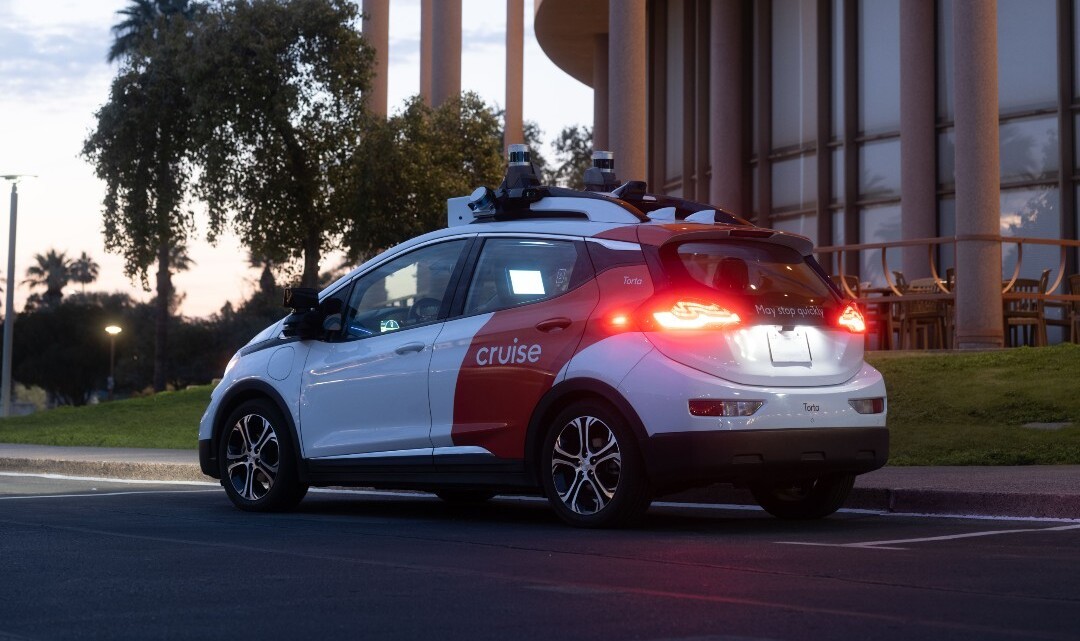Error establishing a Redis connection
socket error on read socket
This means that the connection information in your wp-config.php file are incorrect or that the Redis server is unreachable.
- Are you sure you have the correct Redis host and port?
- Are you sure Redis server is running?
If you need help, please read the installation instructions.

